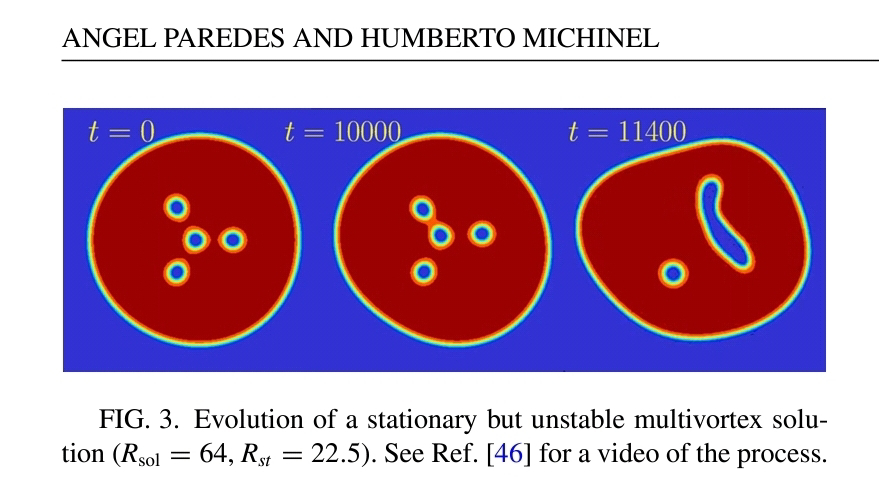<< When your mind is wandering, your brain’s “default mode” network is active. Its discovery 20 years ago inspired a raft of research into networks of brain regions and how they interact with each other. >>
<< The default mode was one of the first brain networks characterized by science. It consists of a handful of brain regions, including a few at the front of the brain, like the dorsal and ventral medial prefrontal cortices, and others scattered throughout the organ, like the posterior cingulate cortex, the precuneus and the angular gyrus. These regions are associated with memory, experience replay, prediction, action consideration, reward/ punishment and information integration. >> ️
<< The default mode is clearly up to something complicated; it’s involved in many different processes that can’t be neatly described. >>
<< “It’s kind of silly to think that we’re ever going to be like, ‘This one brain region or one brain network does one thing,’” (..). “I don’t think that’s how it works.” (..) “Network interactions are more elucidating to study in some ways than just a network in isolation because they do work together and then come apart and then change what they’re doing over time”. >> Lucina Uddin.️
Lucina Uddin << is particularly interested in how the default mode network interacts with the ️salience network, which seems to help us identify the most relevant piece of information at any given time. Her work suggests that the salience network detects when something is important to pay attention to and then acts as an off switch for the default mode network. >>
Vinod Menon << has developed what he calls️ ️the triple network theory. It posits that abnormal interactions between the default mode network, the salience network and a third one called the frontoparietal network could contribute to mental health disorders. >>️
Nora Bradford. What Your Brain Is Doing When You’re Not Doing Anything. quantamagazine.org. Feb 5, 2024.
FonT: the cat when it is in a contemplative state ... Who knows in what forms and with what results an artificial intelligence (AI) will be able to structure itself in networks of this type.
Keywords: brain, mind, default mode network, salience network, triple network theory, AI
